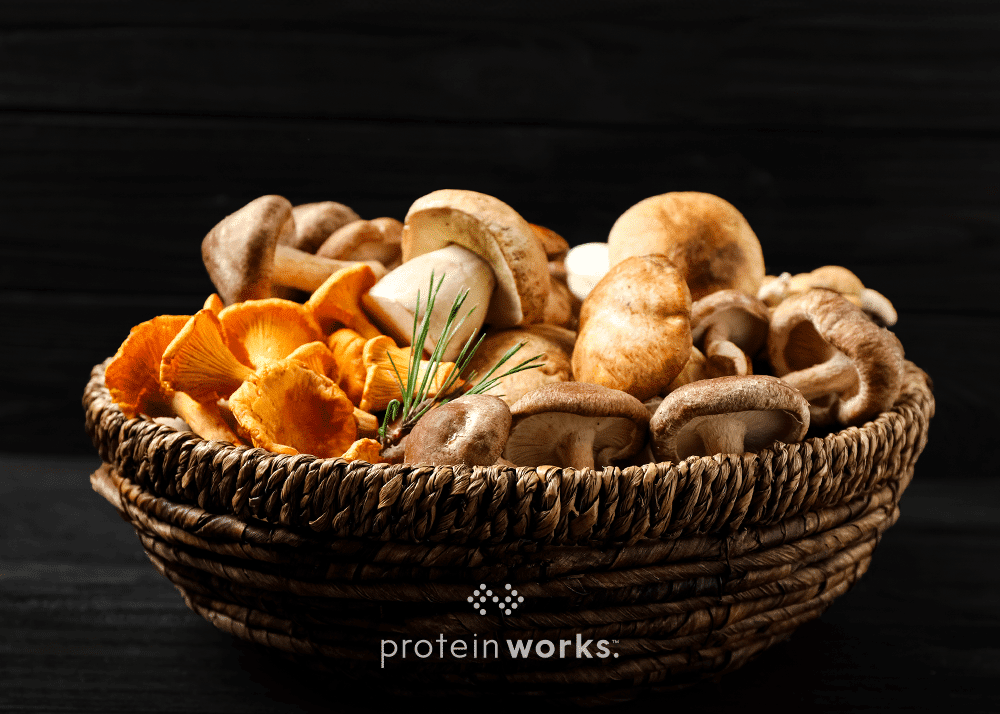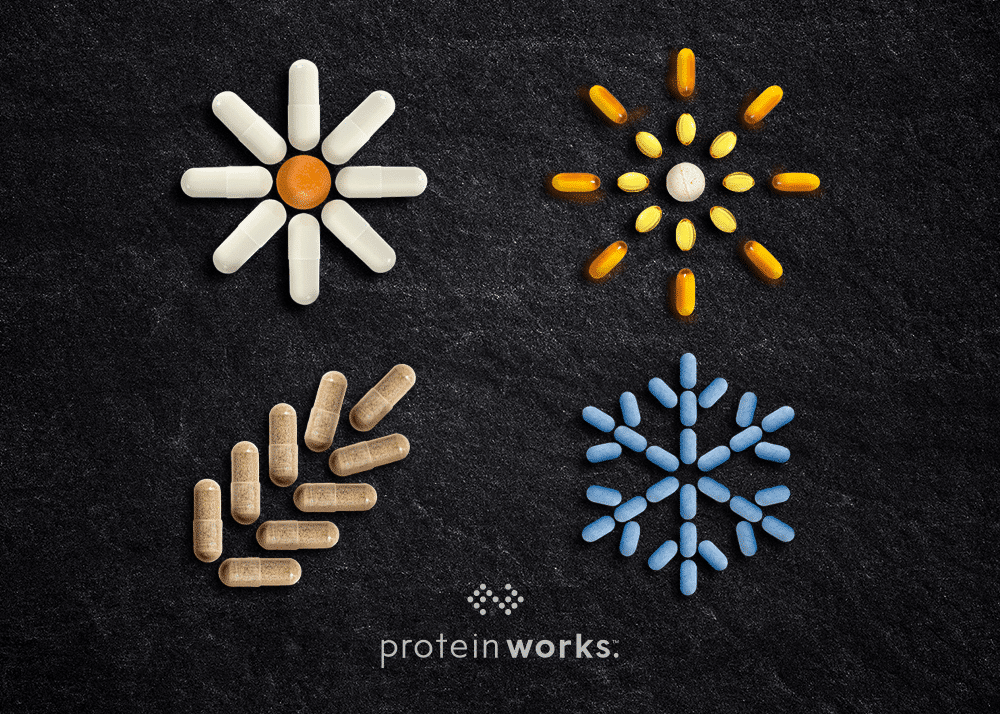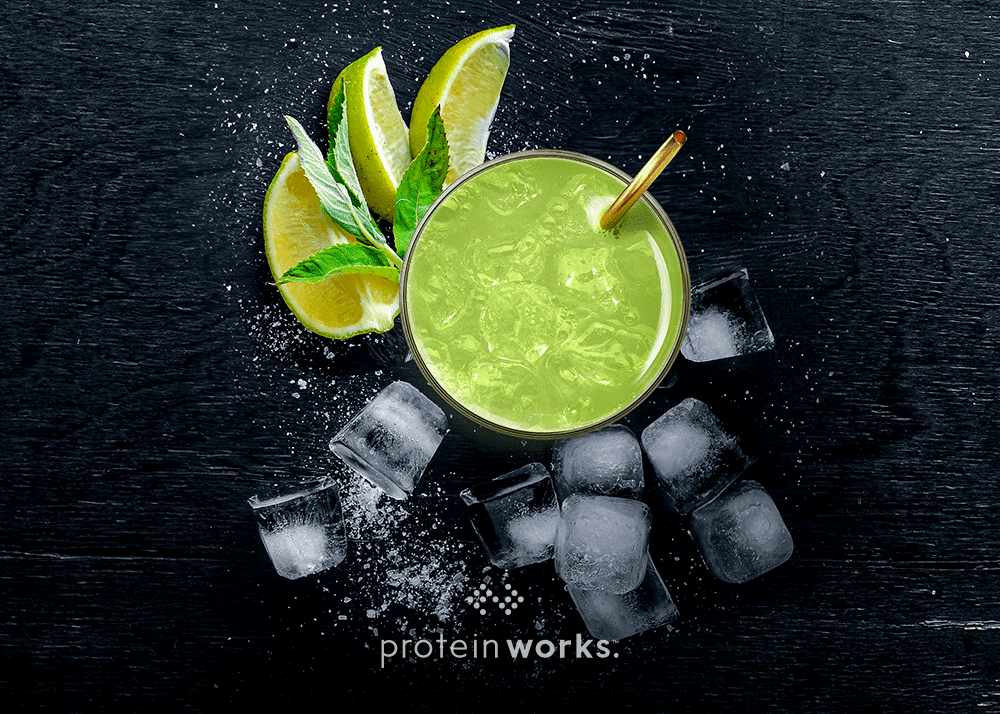
For anyone looking to transform their body it is clear that diet and exercise are fundamentally important. However, nutrient timing is a hotly discussed issue and this article will provide some basic insight into what happens within our bodies when nutrients are consumed. Once carbohydrates and / or proteins are consumed the hormone Insulin is produced. Insulin is the hormone that forces glucose out of the bloodstream and into the cells of our body. Insulin is a highly anabolic agent, which means it is critical for those wanting to build muscle. However, insulin spikes at inappropriate times will dramatically increase fat storage and so for maximal lean muscle gains insulin management is key.
Insulin and Muscle Growth
Insulin is produced and released by the pancreas when you consume carbs and / or protein. Once produced it enters the blood stream and works to signal the muscle cells to absorb the nutrients flowing through the body that have been consumed at that meal.
Insulin and Fat Storage
As indicated, insulin is produced to inform the body that carbs and / or proteins have been ingested. This signals the body to reduce or stop using stored fat for energy (if sufficient time has elapsed since the previous meal to require stored fat to be used as an energy source). As with muscle cells insulin works to signal the fat cells to store the nutrients that have been consumed. Consequently, those looking to attain a lean body will need to be concerned with how to manage insulin levels to ensure muscle growth and recovery, whilst minimsing fat levels.
Insulin Management
The rate that the carbohydrates consumed pass through the digestive system is key to managing insulin. Generally speaking carbs can be divided into high GI (fast digesting) and low GI (slow digesting) classifications. If you look up the Glycemic Index, you will find an accurate breakdown of all foods in relation to their GI value. As a general rule to maximise body composition results if carbs are to be consumed they should ideally be of the low GI variety (e.g. oats, brown rice & most fruits). That said, high GI foods will spike insulin levels to a much greater extent than low GI and this is advantageous for muscle growth and exercise recovery in the post-exercise window.
Maximising the Post-Workout Window
Research suggests that the optimum dose of high GI carbs is between 25 – 60 grams and should always be combined with fast acting whey protein immediately after exercise to ensure maximal benefit and faster recovery. Insulin levels have been demonstrated to spike to a greater extent when high GI carbs are combined with fast acting whey protein during this time, which will lead to faster nutrient absorption which is particularly important after a gruelling workout.
Insulin & Carbohydrate Timing Summary
- The greater the insulin spike the more receptive the body is to absorb and store nutrients (including as fat).
- Insulin timing and carb management are the keys to success.
- Low GI carbs should comprise the majority of carbohydrate intake.
- High GI carbs should be taken post-workout.






No Comments yet!